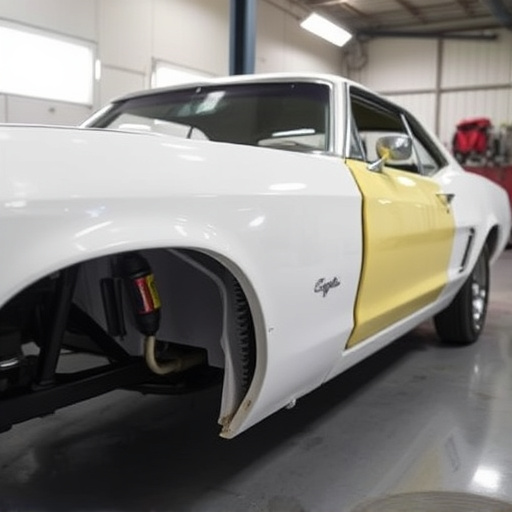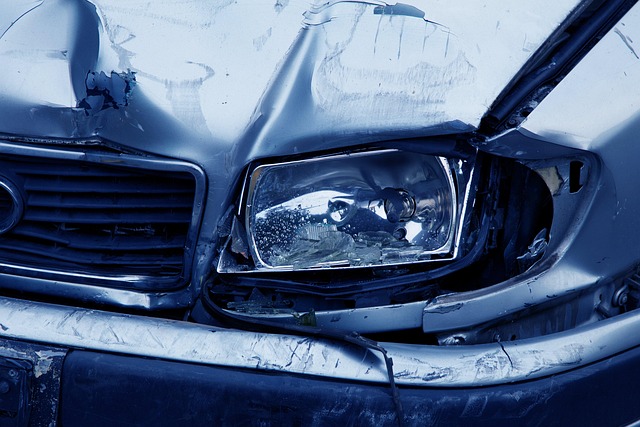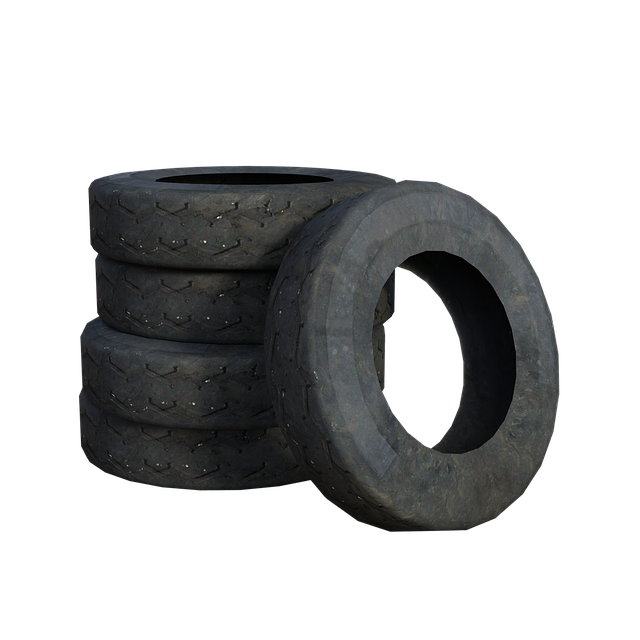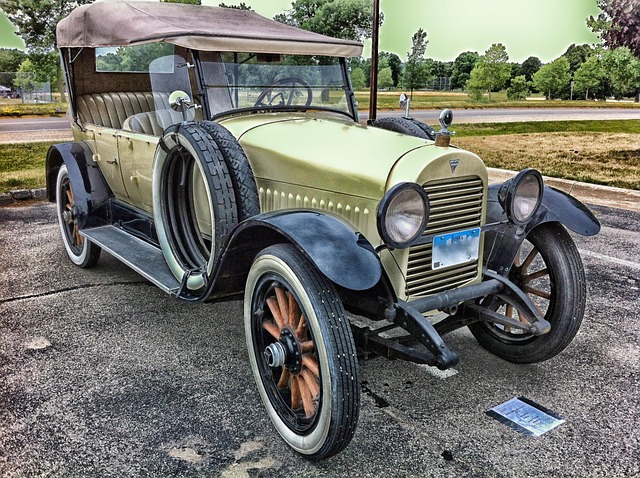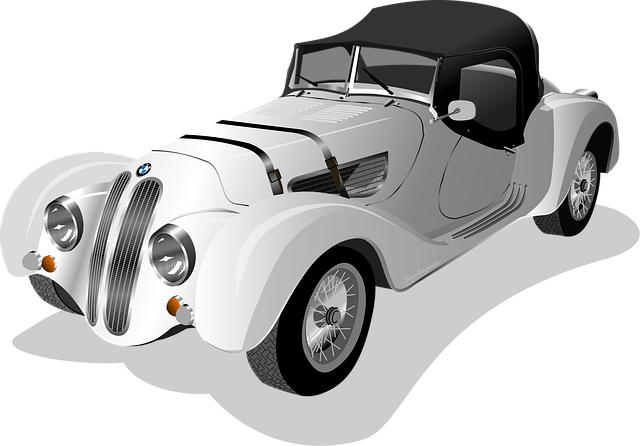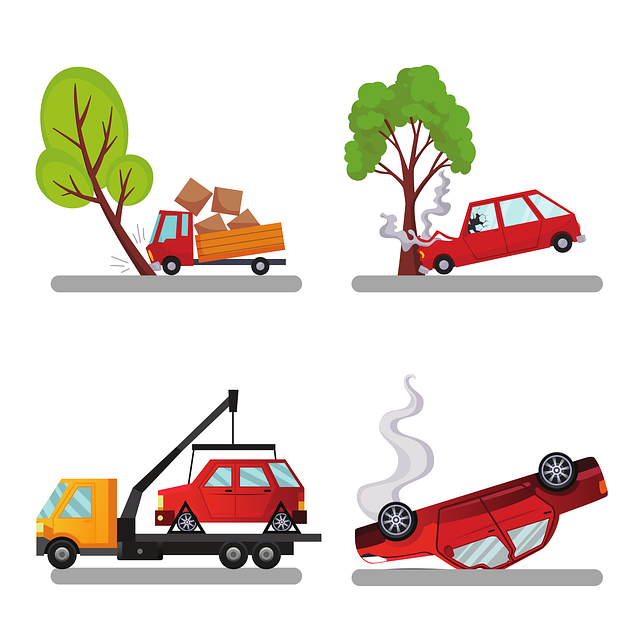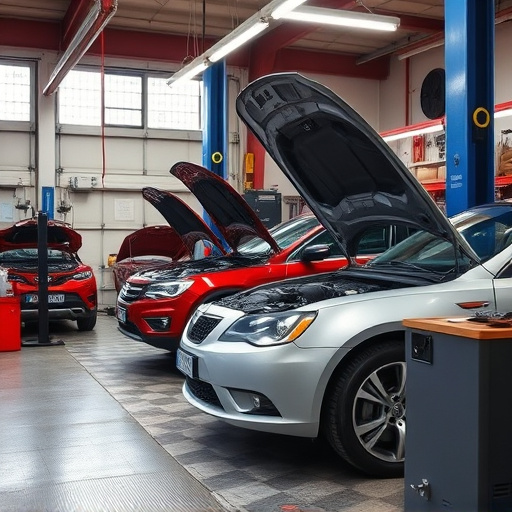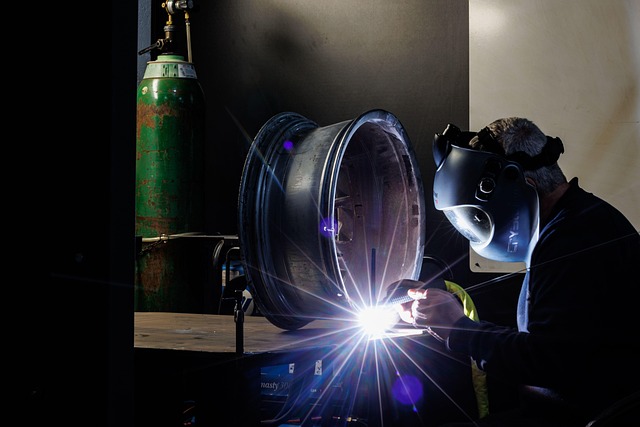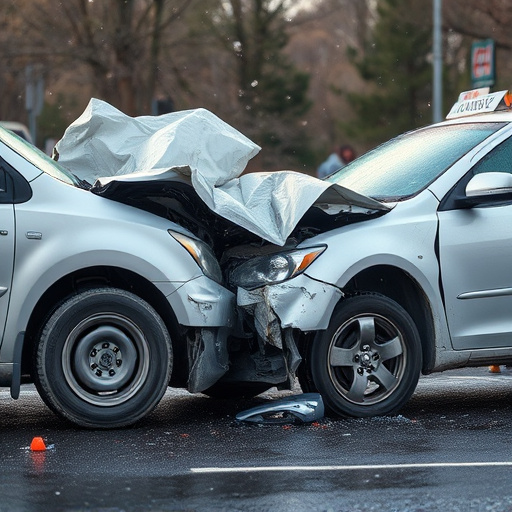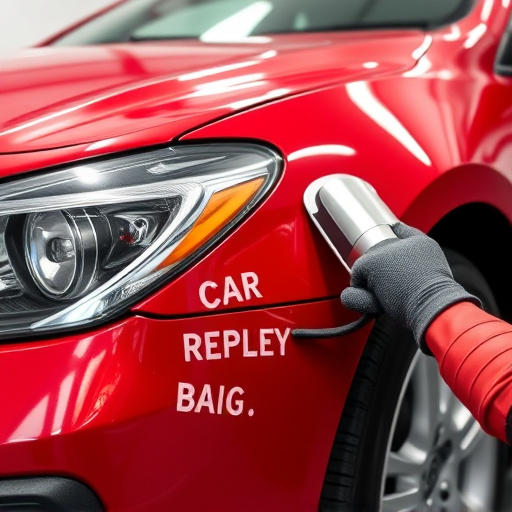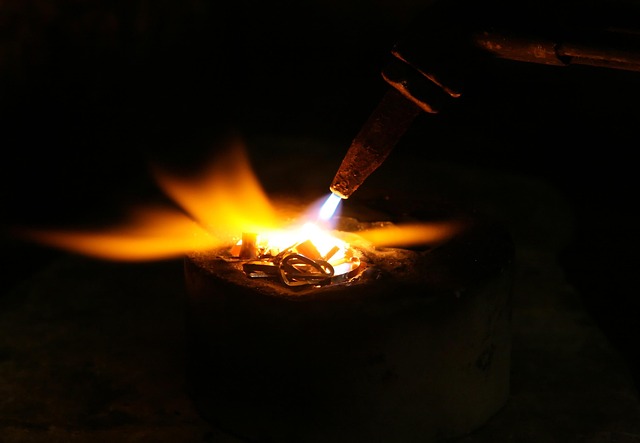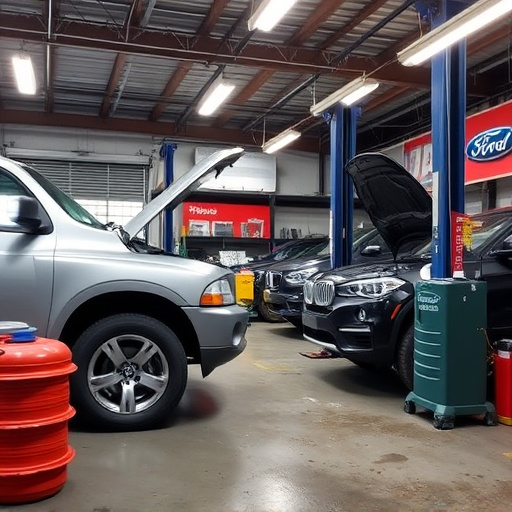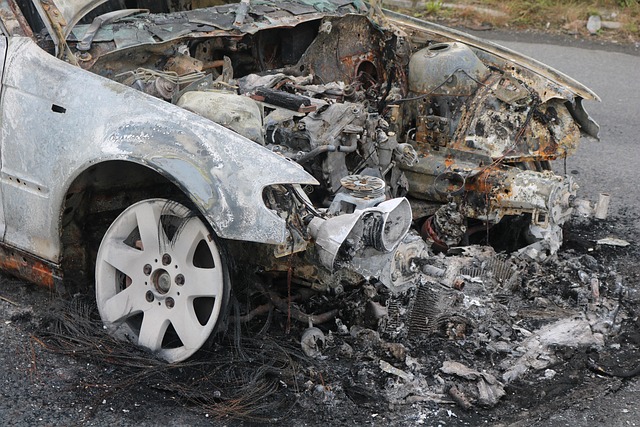Computerized frame measurement technology, driven by automotive digitalization, is transforming car paint services and fender repair processes with its precision and efficiency. Advanced algorithms and high-resolution sensors ensure accurate measurements for auto body technicians, fundamentally changing their approach to complex repairs like fender replacements and paint restoration. This technology not only improves repair quality but also significantly reduces time and labor compared to traditional manual methods. The automotive industry and specialized shops are driving high demand for these solutions, enhancing efficiency, accuracy, and speed in diverse vehicle repairs, particularly in bodywork services and collision repair shops.
The evolution of Computerized Frame Measurement Technology is redefining industries, from automotive to aerospace. This article delves into the current landscape, exploring market trends and existing methods that underpin this crucial technology. We dissect emerging trends, highlighting advancements in AI, machine learning, 3D scanning, virtual reality, and smart sensors. Furthermore, we address challenges like accuracy and standardization, while spotlighting diverse industry applications and the transformative potential of these innovations. Get ready to navigate the future of computerized frame measurement.
- The Current State of Computerized Frame Measurement Technology
- – Overview of current market trends and applications
- – Existing methods and tools used for frame measurement
The Current State of Computerized Frame Measurement Technology
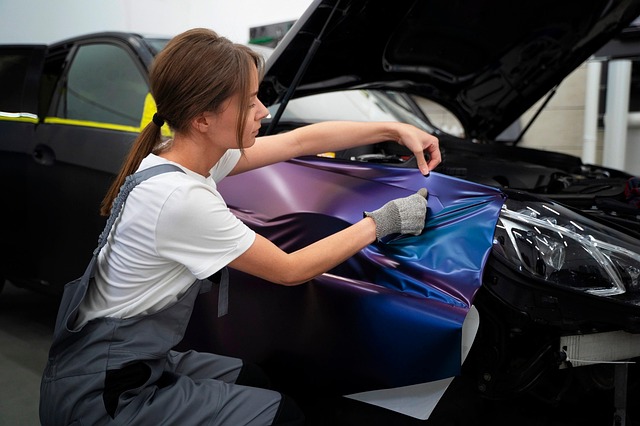
The current state of computerized frame measurement technology is a testament to the continuous advancements in automotive digitalization. This innovative technology plays a pivotal role in modern car paint services and fender repair processes, ensuring precision and efficiency. With sophisticated algorithms and high-resolution sensors, these systems can accurately measure and analyze vehicle frames, offering a wealth of data for technicians.
Computerized frame measurement tools have revolutionized the way auto body shops approach repairs, particularly in complex cases like fender repairs or car paint restoration. By providing detailed measurements and 3D scans, these technologies enable technicians to precisely assess damage, plan repairs, and match original paint colors accurately. This not only enhances the quality of the repair but also reduces the time and labor required for manual measurement and estimation methods traditionally used in car paint repair.
– Overview of current market trends and applications

The current market for computerized frame measurement technology is witnessing a significant surge in demand, driven by the evolving needs of both the automotive industry and specialized auto repair shops. This cutting-edge technology offers precise measurements, ensuring efficient and accurate repairs across various vehicle types. In the realm of car bodywork services and collision repair shops, it has become an indispensable tool for achieving high-quality standards.
Auto body technicians are leveraging these systems to conduct detailed frame inspections, enabling them to identify damage, assess structural integrity, and facilitate informed decision-making during the repair process. With its ability to provide digital measurements with unparalleled accuracy, this technology is revolutionizing how auto repair shops approach frame straightening and alignment, ultimately leading to faster turnaround times and cost savings.
– Existing methods and tools used for frame measurement
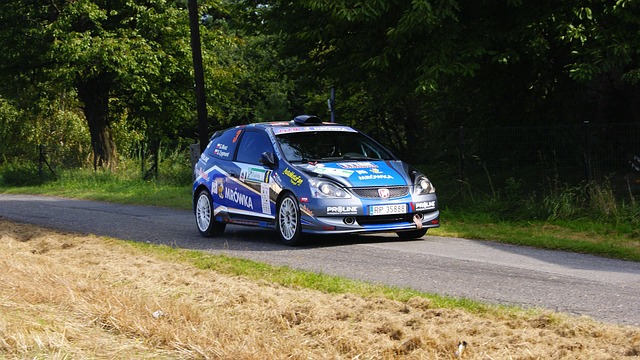
In the realm of computerized frame measurement, current practices heavily rely on a combination of traditional tools and advanced digital technologies. Established methods involve manual measurements using tape rules, calipers, and angle gauges to assess the structural integrity and dimensions of vehicles, particularly in auto glass repair and vehicle bodywork scenarios. These conventional techniques, while accurate, are time-consuming and prone to human error.
To enhance efficiency and precision, modern solutions integrate 3D scanning, laser measurement systems, and computer-aided design (CAD) software. These cutting-edge tools capture detailed digital representations of vehicle frames, enabling comprehensive analysis and precise auto body work. By automating the measurement process, computerized frame measurement technologies streamline operations in auto glass repair facilities and bodywork shops, ultimately improving overall efficiency and quality control across the automotive industry.
As we look towards the future, computerized frame measurement technology is poised to undergo significant advancements. The integration of artificial intelligence and machine learning promises enhanced accuracy and efficiency in detecting and analyzing frames within complex digital landscapes. Furthermore, cloud-based solutions will enable seamless data sharing and remote access, opening doors for collaborative working environments. In terms of applications, we can expect to see broader adoption in industries such as automotive, aerospace, and entertainment, revolutionizing quality control processes and driving innovation. Ultimately, these developments will contribute to a smarter, more interconnected world where precise frame measurement is accessible and integral to various sectors.
